Articles
3 Crucial Questions to Help Retailers Assess Innovation Ideas
Effectively evaluating retail innovations before you invest is critical. Get tips to help innovate smarter.
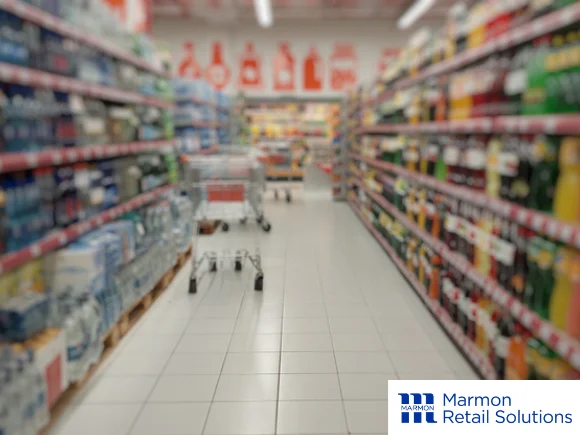
If you’re a brick-and-mortar retailer, you know the pressure is on for maximizing profits, increasing productivity, and lowering the cost to serve. Unfortunately, choosing the right tools to help you accomplish goals like those can be a huge challenge.
“Retailers today are open to taking risks and trying new things,” says retail innovation expert Joe Rother. “But many struggle with knowing what to look for when vetting products meant to improve their operations.”
In the following, we’ll explore three crucial questions that can help retailers innovate more effectively. We’ll do that with help from Rother, who is also Director of Sales for Cannon Equipment.
But first, a quick video on the matter:
1. Is the Innovative Product Supported by Actual Evidence of its Value?
When seeking an innovative product to improve your operations, look for a solution that’s based on a deep understanding of your pain points—not just on the product’s features.
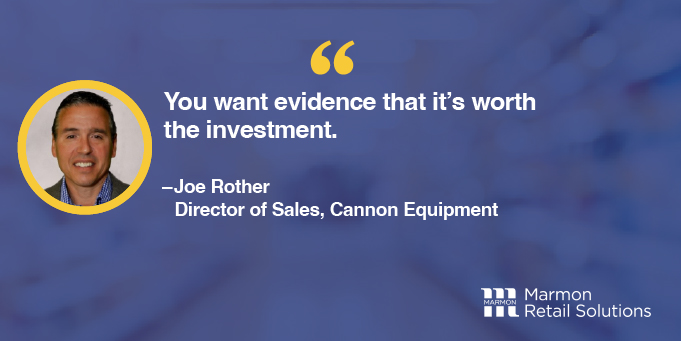
“If it feels like a vendor is basically saying, ‘Here’s our solution. Do you want to buy it?’ that should be a warning sign,” says Rother. “You want evidence that it’s worth the investment.”
You’ll also need that evidence to get buy-in from operations. That’s why you ideally should have data to both prove the need and to show how a given innovation can help.
According to Rother, information like that requires a vendor to really take the time to understand your specific challenges. “These involve value-added steps that go beyond the product itself but can be critical in helping you achieve a better solution.”
To help illustrate this, let’s use improving click and collect services as an example.
What Evidence-Gathering Looks Like: The Process of Choosing Picking Carts
Picking carts are designed to counter the inefficiencies of store associates picking items using shopping carts. However, Rother says purchasing a fleet of picking carts should be the result of a thorough process, not just a product presentation.
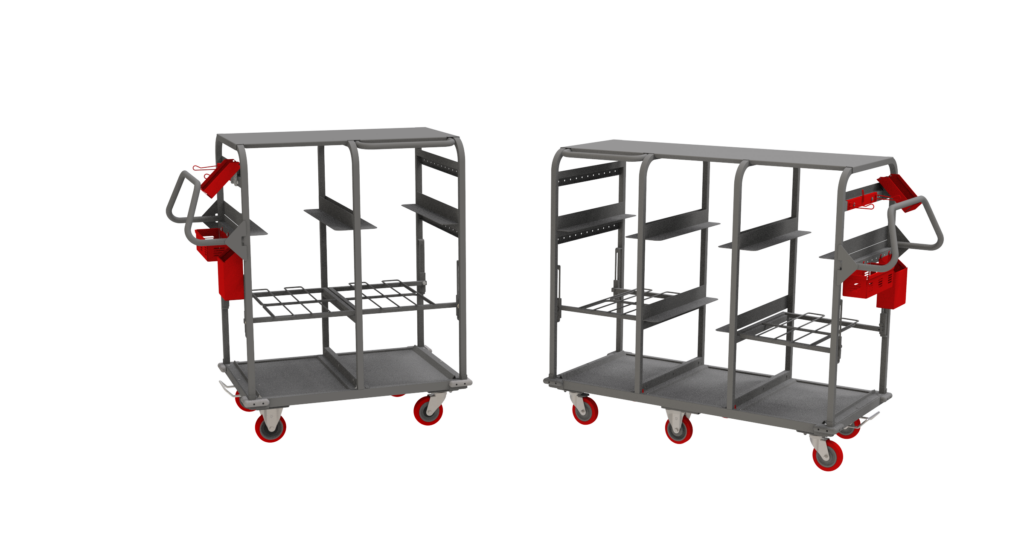
More specifically, your vendor’s process should include the following:
- Going on location to understand picking challenges and special store features
- Quantifying current picking times (ideally free of charge)
- Prototyping a cart for in-store use—with multiple iterations if needed
- Providing strategic connections to tote vendors for a more complete picking cart solution
- Exploring how cart design could help improve staging and expedite customer pick-up
Bonus content: Here’s more on how to improve efficiency using picking carts.
2. Can You Beat the Status Quo?
At a time when retailers are hyper-focused on innovation, key opportunities to improve operations can still be missed. Knowing where to innovate means putting a critical eye to everything—even the supposedly tried and true.
“Some retail equipment is so well-established,” says Rother, “that retailers just accept it can’t be improved upon. And that’s how vendors will present it.”
He says a perfect example of this is the ubiquitous U-boat—the long, narrow stocking cart typically used to carry product from the backroom to the sales floor.
When You Can Beat the Status Quo: U-Boats vs. Ladder Carts
Rother says a lot of retailers just assume the U-boat is the way to go because it’s relatively cheap, and they think it can hold the most product. “But they’re not basing that on actual data.”
More importantly, he says this unverified assumption is actually preventing retailers from improving their stocking procedures.
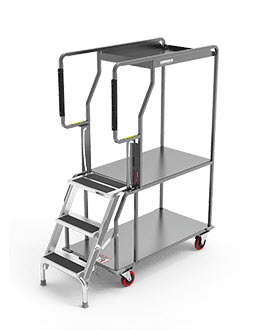
Using ladder carts, for instance, provides a number of advantages over U-boats:
- The built-in step stool eliminates journeys to the backroom for a ladder and therefore helps maximize associate time on the sales floor.
- The ergonomically designed, multi-shelf cart is easier to maneuver and can carry as much, if not more, stock.
- Removing the need to maneuver an unwieldy ladder improves associate safety—and so does the ladder cart’s foot brake, which securely locks wheel casters for exceptional stability.
- Potential improvements can be verified with in-store tests and timings.
3. Is the Product More Cool and Cutting-Edge than it is Effective?
Retailers have more and more automated tools to choose from today. But the allure of high-tech solutions should be balanced with this fundamental question: How well will it solve a pain point?
For example, consider the push for robotics and related automation in micro-fullment centers—smaller-scale warehouse environments designed for faster online order turnaround.
The idea is for automation to improve efficiency and reduce the reliance on workers. But that approach has its limits, says Rother. “Sometimes you can innovate much more effectively by assisting workers, not by focusing on how to reduce or replace them.”
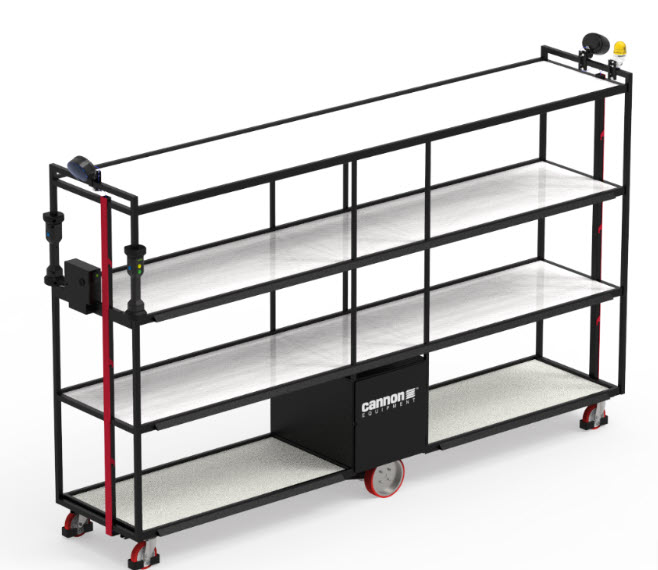
Powered Carts: Effective by Hitting Technological Sweet Spot
A helpful case in point is a powered cart. A powered cart like the one pictured above exemplifies how user-assist technology can yield numerous benefits:
- Stopping and moving with a button (rather than brute force), an associate expends a lot less energy to now move a lot more product.
- Eliminating the physical effort to push or pull heavily loaded carts reduces risk of worker injury.
- Powered carts provide a more cost-effective option than the potential millions of dollars it takes for full-blown automation.
- It’s a measurable and affordable solution to implement instead of the expensive leap to high-tech.
The Bigger Picture: Solutions from Front to Back (and Beyond)
You’ve just gotten a glimpse of how to better identify innovations that can actually work for you. But you know as well as anyone that improving your operations is a comprehensive challenge.
So, wouldn’t it be great if you had a partner who can provide comprehensive support? We’re talking about everything from improved retail merchandising to more efficient backroom systems to smarter store opening programs.
Marmon Retail Solutions provides integrated retail products and services that enable your innovations to be more strategic, more cost-effective, and ultimately more successful.
Learn more about how these retail solutions can work for you.